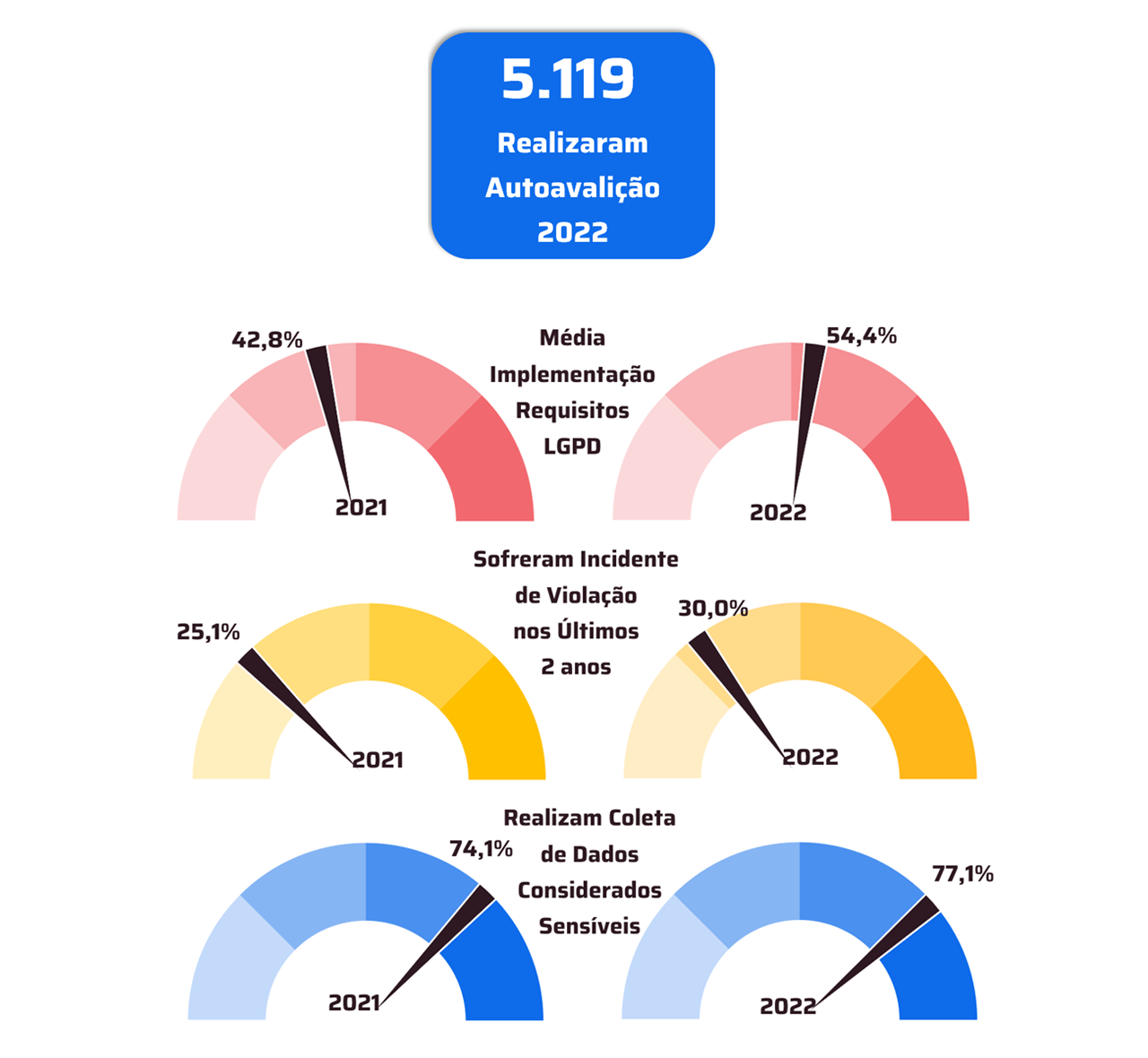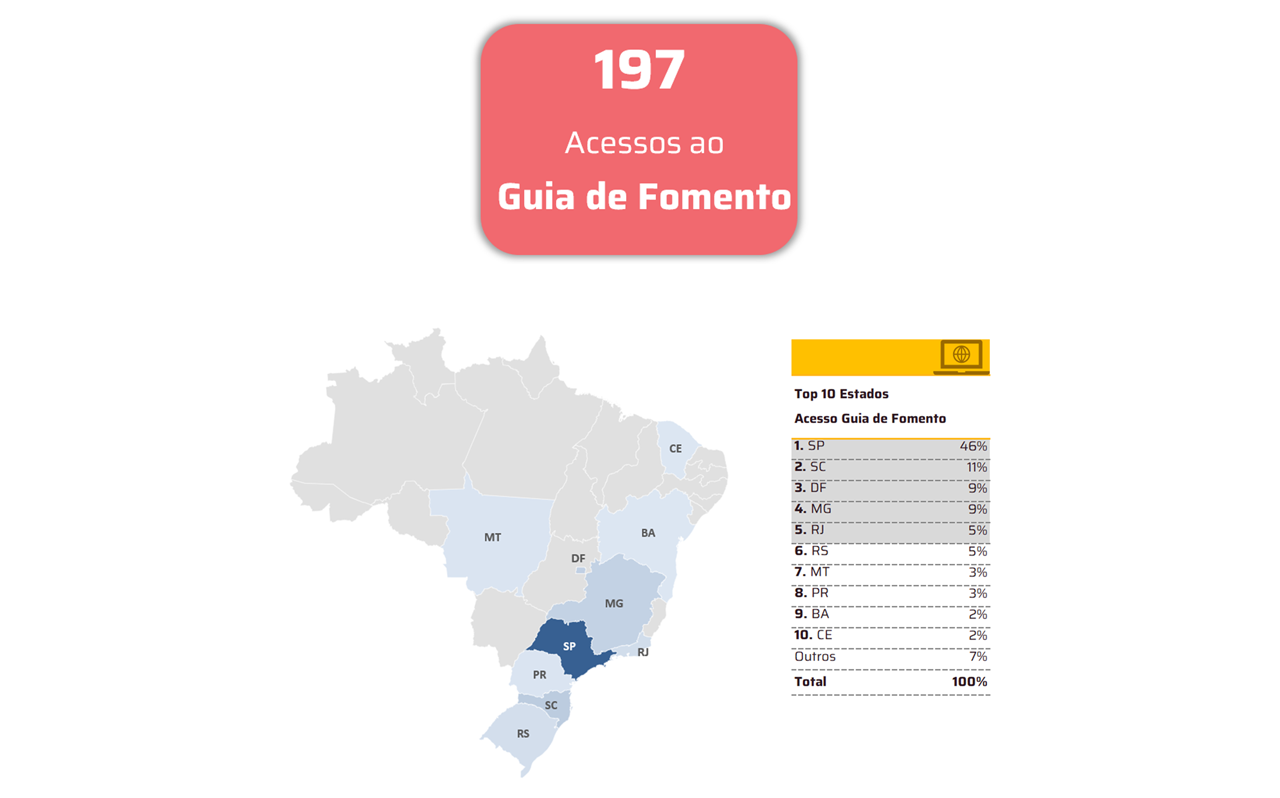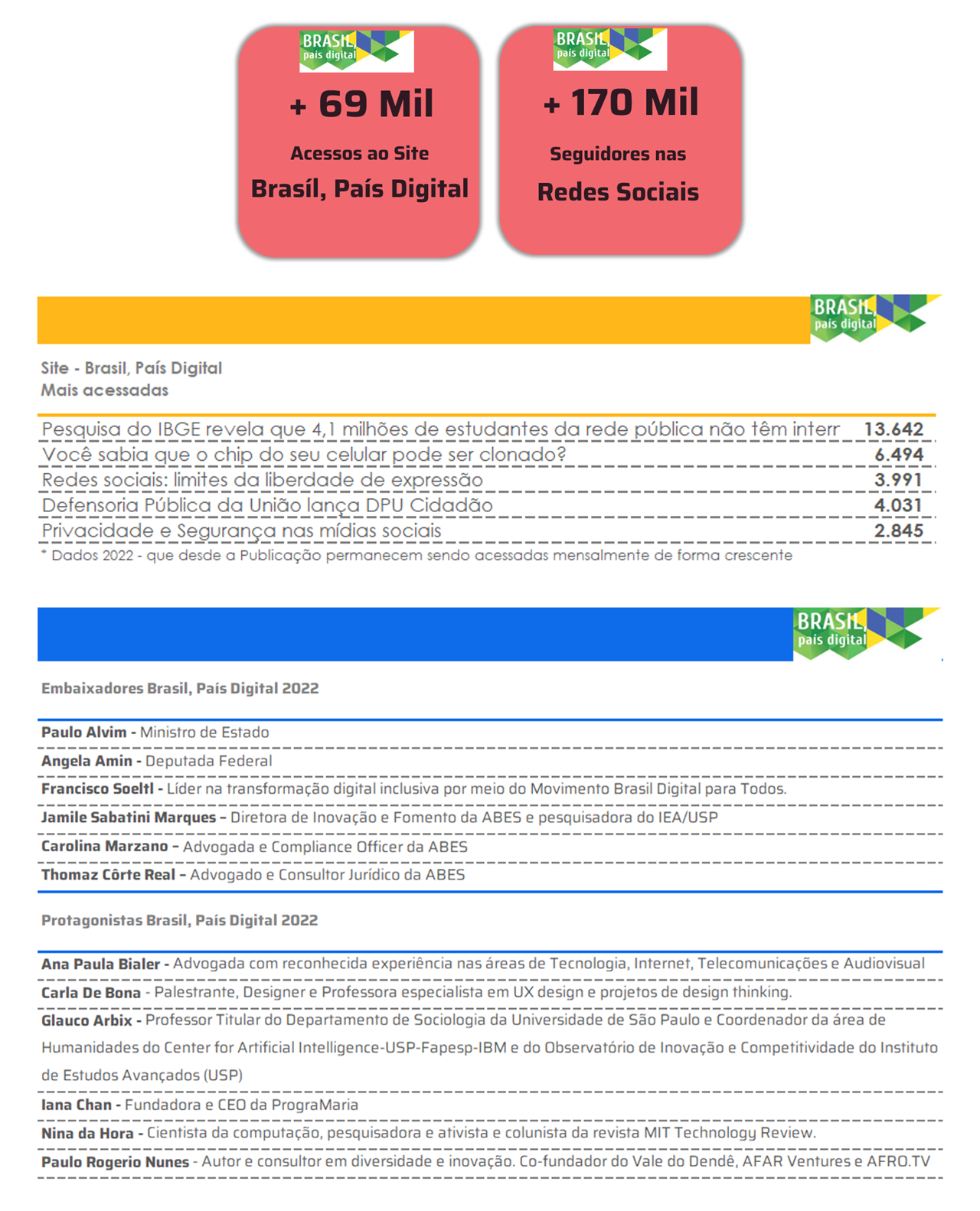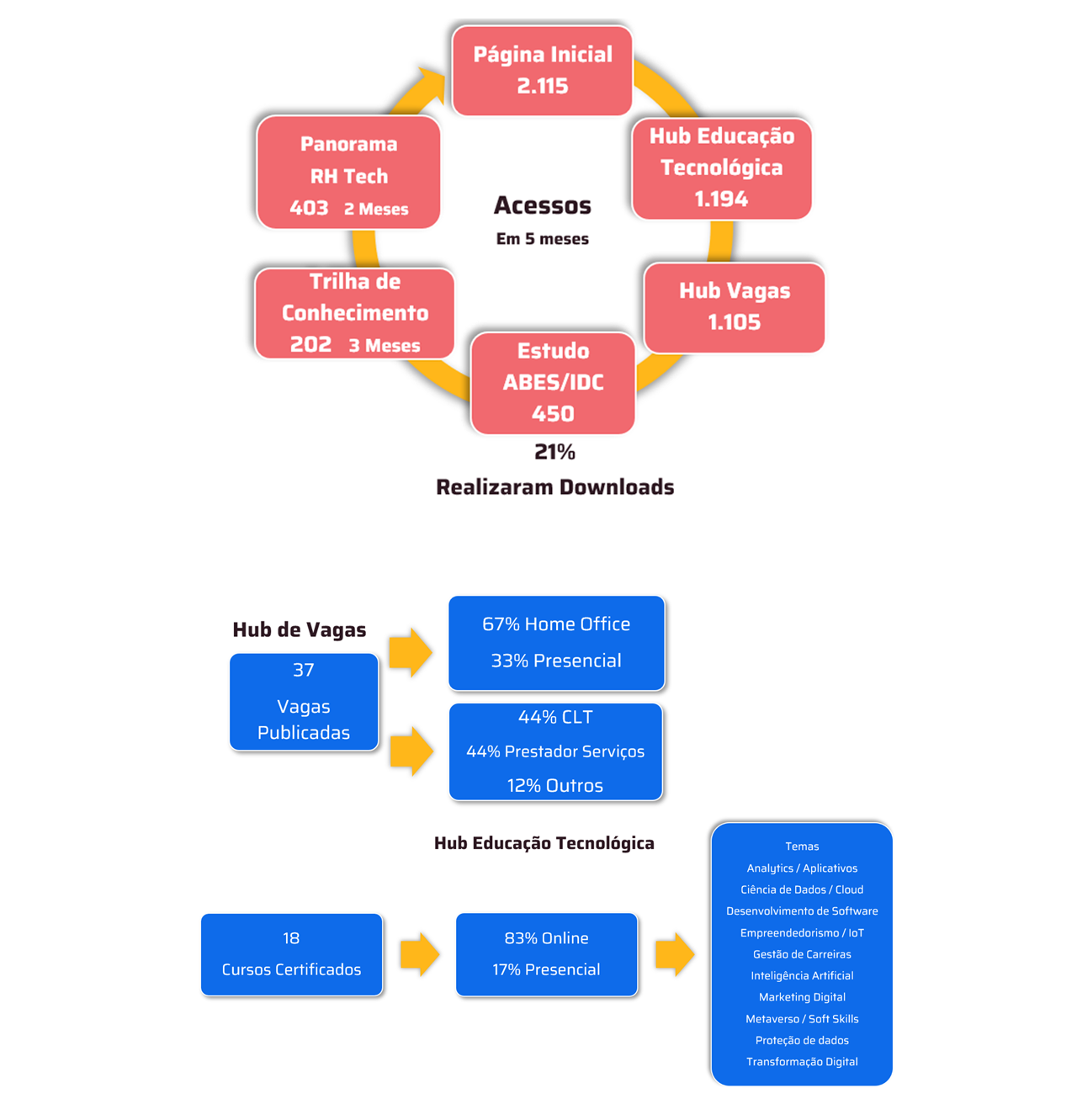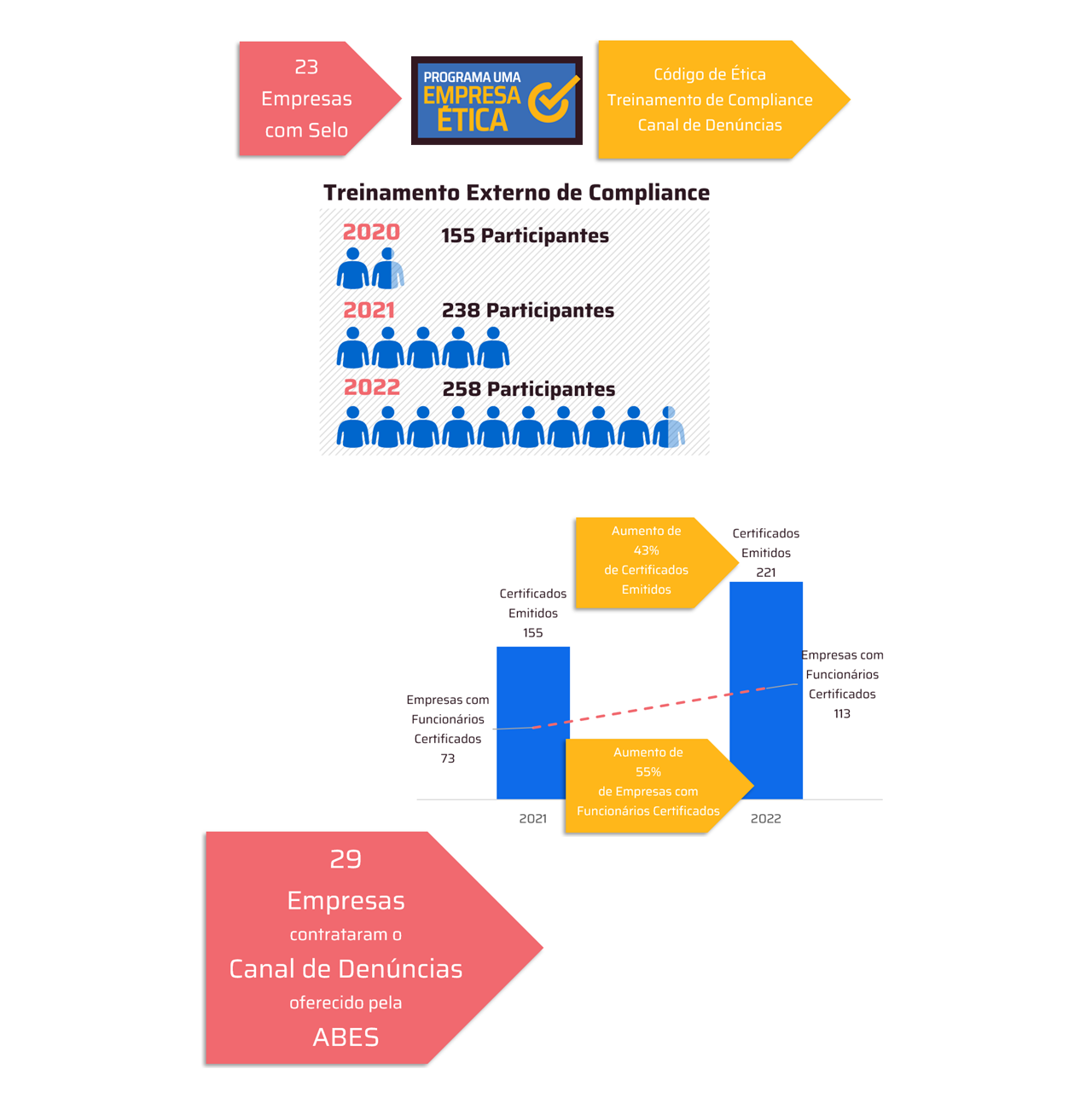 *By Edgard Nienkotter
*By Edgard Nienkotter
The digital transformation of hospital environments is a path of no return. In a sector where time and precision can define lives, the ability to monitor every aspect of hospital infrastructure in real time is no longer a competitive advantage; it's an operational necessity. In this context, the Internet of Things (IoT) applied to hospital infrastructure is consolidating itself as one of the most impactful fronts of innovation, with smart sensors acting as silent yet highly efficient sentinels.
The application of IoT in healthcare is often approached from a healthcare perspective, with patient monitoring, wearable devices, and connected medical records. However, the technology's real and ongoing impact is emerging as a force in hospital infrastructure management, where sensors monitor everything from operating room air conditioning to energy consumption in real time, detecting anomalies, preventing critical failures, and reducing operating costs. Today, so-called "smart infrastructure" is one of the greatest allies of hospital efficiency.
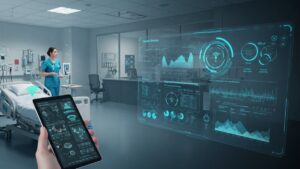 Sensors distributed throughout the hospital unit are capable of capturing environmental variables such as temperature, humidity, air quality, the presence of gases or smoke, vibrations in equipment, and even movement in restricted areas. When integrated with building management and automation systems, this data enables proactive, evidence-based decision-making. One example is the temperature control of refrigerated chambers for medicines and vaccines, where any fluctuation outside safe parameters can be detected instantly, generating automatic alerts and avoiding millions in losses and risks to patients.
Sensors distributed throughout the hospital unit are capable of capturing environmental variables such as temperature, humidity, air quality, the presence of gases or smoke, vibrations in equipment, and even movement in restricted areas. When integrated with building management and automation systems, this data enables proactive, evidence-based decision-making. One example is the temperature control of refrigerated chambers for medicines and vaccines, where any fluctuation outside safe parameters can be detected instantly, generating automatic alerts and avoiding millions in losses and risks to patients.
From an operational perspective, the intelligent use of data drastically reduces the reliance on manual processes and on-site inspections, freeing up technical teams for more strategic action. With unified dashboards, it's possible to monitor multiple hospital units from a single control center, which is essential in complex healthcare networks, such as health insurance companies, public hospitals, or large private groups.
Another undeniable benefit is predictability. By correlating sensor data with failure history and usage patterns, predictive maintenance techniques can be applied, preventing critical systems such as generators, medical air compressors, exhaust systems, or UPSs from unexpected shutdowns. In an environment where downtime can pose a direct risk to life, predictability becomes safety.
But it's not just about technology. A successful hospital IoT operation requires technical expertise, knowledge of hospital routines, and a robust network and cybersecurity architecture. Hospitals rely on legacy equipment, connectivity challenges, and extremely stringent regulatory requirements. To be effective, the implementation of smart sensors must align with the hospital's physical and logical reality, avoiding system overlap or security breaches.
Furthermore, the choice of integration and monitoring platforms should consider scalability, interoperability with existing systems (BMS, CMMS, and ERPs), and compliance with information security and clinical engineering standards. Excellence in this process is less about selling devices and more about delivering solutions that make sense within the hospital ecosystem, which requires specialized consultancy and technical expertise.
As we look to the future, the integration of IoT, artificial intelligence, and automation will bring an even more sophisticated layer to hospital infrastructure management. It's already possible to envision systems that not only alert about anomalies but also take automatic corrective actions based on defined protocols, such as isolating environments, redirecting electrical loads, or activating backups. This represents an evolution that aligns technology and operational governance, increasing hospitals' resilience in an increasingly connected and demanding world.
Therefore, hospital IoT is not just a futuristic promise; it is an operational reality that redefines how healthcare infrastructure is managed. And for institutions that want to combine efficiency, safety, and sustainability, investing in smart sensors and real-time data management is a decisive step towards the hospital of the future—one that is smarter, safer, and more prepared for the challenges of modern healthcare.
*Edgard Nienkotter is a technology executive with over 19 years of experience in sales, operations, and information security, working for multinational integrators. He currently serves as CEO of Hexa IT, where he leads digital transformation, IT governance, and cybersecurity architecture adoption initiatives for clients across a wide range of sectors.
Notice: The opinion presented in this article is the responsibility of its author and not of ABES - Brazilian Association of Software Companies





